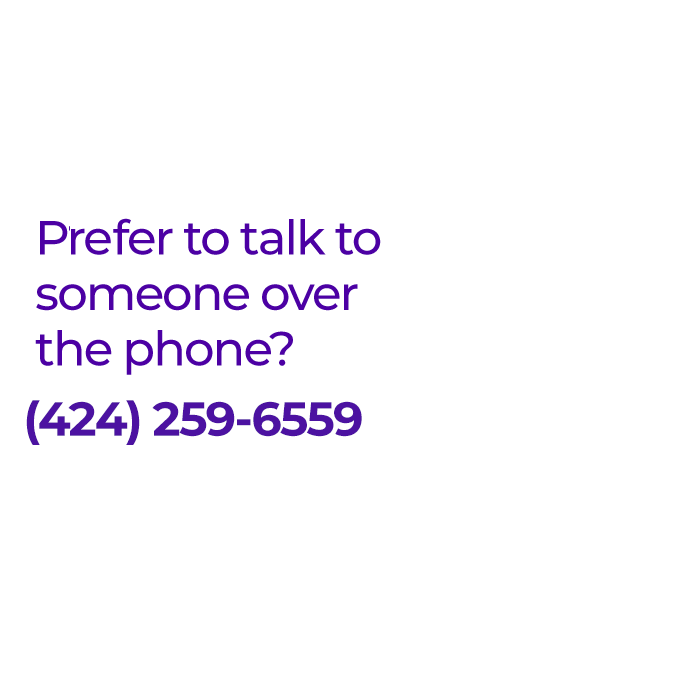Friday, March 15 is World Sleep Day. According to the World Association of Sleep Medicine, “this annual event is a celebration of sleep and a call to action on important issues related to sleep.” They have developed a set of Golden Sleep Principles for infants, and they are also raising awareness about all sleep disturbances, particularly sleep problems affecting older adults like insomnia.
Insomnia: the common sleep complaint that providers and patients both hate
Insomnia includes difficulty falling asleep or staying asleep, and it affects tens of millions of people in the United States alone. In contrast to the number of people affected, there are just a couple hundred providers (physicians and psychologists) in this country who focus on insomnia treatment with the most-effective approach (see below). Most providers are not exactly thrilled when they encounter patients with insomnia, as it is often a chronic problem that is resistant to basic measures. There are many factors that play a role in insomnia, including technology (using the computer late at night), stress, and an unfavorable bedroom environment. Because the causes of chronic insomnia are typically complex by the time people seek treatment, initial attempts to address the early causes or institute lifestyle changes are not successful. These lifestyle changes, often termed “sleep hygiene”–no watching TV or reading in bed, staying off the computer soon before bedtime, regular exercise, no bathing right before bed, and no eating late at night–can be very helpful for some but often do not prove effective on their own. The typical result is that most physicians (often at the request of patients) prescribe sleep aids that, unfortunately, do not lead to long-term resolution.
Based on a scientific literature review, the American Academy of Sleep Medicine practice parameters indicate that a combined approach called cognitive and behavioral therapy was one of the most effective treatments. Cognitive and behavioral therapy is a type of psychotherapy that, for sleep disorders, involves a combination of education, sleep hygiene, stimulus control, stress reduction and relaxation, and cognitive control. The problem is the relative lack of providers who can deliver cognitive and behavioral therapy properly and who focus on using it to treat sleep disturbances. The good news is that there are Internet-based programs that can fill this need, having proven effective in treating insomnia using cognitive and behavioral therapy. This month’s issue of The Atlantic discussed the development process whereby IBM’s Watson supercomputer is learning to make medical diagnosis and treatment recommendations. Technology has certainly brought tremendous advances to medicine, and technology has the power to improve access to health care, enhance quality of care by reducing medical errors, and reduce costs (although it more often increases costs). We all know that the Internet can be a great health information resource but technology is now available to deliver treatment to patients suffering from insomnia.
There is a better way to treat insomnia: Sleepio.com or SHUTi.org
Not only are there too few providers with the expertise or desire to administer cognitive and behavioral therapy but also patients are reluctant to pursue the multiple visits, often over a prolonged period of time, that are required. To address the unmet needs of patients, some Internet-based programs have been developed that enable patients to receive cognitive and behavioral therapy at home. At the 2012 Sleep international conference, I attended a jam-packed session devoted to these programs, especially sleepio.com and SHUTi.org. At the time, there was much more research done with sleepio.com, and it seemed more user-friendly, so I have more experience recommending it to my own patients. Basically, this is a program that has an animated character (with an accent and uncanny resemblance to Colin Espie, PhD, the Scottish expert in insomnia treatment who developed it) that leads the user (patient) through entering information about their own sleep patterns, tailoring information and science-based recommendations to match factors that may be most relevant to that person’s insomnia. There have been a number of studies performed using the sleepio.com program, and it has demonstrated important improvements in insomnia, including in studies called randomized trials. The best study was published in June 2012 and showed that 8 weeks of using the program resulted in a 20% increase in the share of time in bed that patients were asleep, compared to 6-9% with standard treatment. This is a substantial benefit for most patients with insomnia.
What should someone with insomnia do?
These Internet-based insomnia programs are not designed to replace medical evaluation and recommendations (as Watson may). There are a number of medical conditions that can cause or contribute to insomnia, so there is no substitute for formal medical evaluation. With my own patients, I review the factors that may be causing their insomnia and make general recommendations before directing them to explore the sleepio.com site (UPDATE: there was a free one-week trial, but it no longer exists). The SHUTi.org program is still conducting studies, so patients may be able to receive that program free of charge, but there is less evidence supporting it.
Disclosure: I have no financial or personal relationship with either of these sites/programs. I have recommended sleepio.com to family members.




19 − = 13